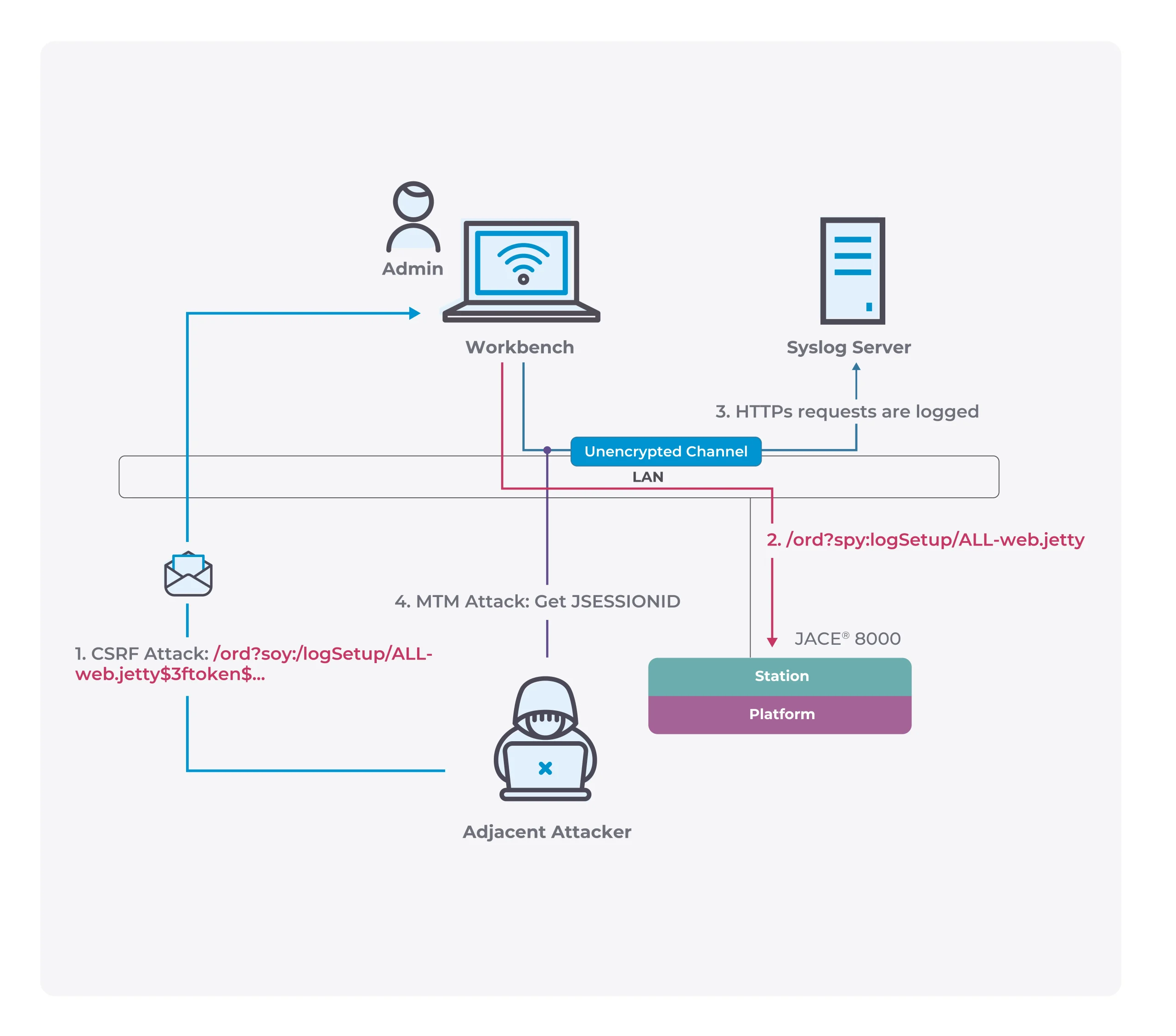“Rubin” will succeed the “Blackwell” architecture
At the GTC 2024 conference held at the San Jose Convention Center in California, NVIDIA’s founder and CEO, Jensen Huang, introduced the Blackwell architecture GPUs, including the B200 GPU designed to replace the H100/H200 and the GB200 combined with the Grace CPU. These new data center products further cement NVIDIA’s dominant position in the artificial intelligence market, heralding a new era in AI computing.

Although NVIDIA has only recently unveiled the Blackwell architecture GPUs, with shipments expected in the latter half of the year, the next-generation architecture, codenamed “Rubin” after the American astronomer Vera Rubin, is already making waves. As reported by Wccftech, the design focus of this forthcoming generation is a significant leap in performance while crucially reducing power consumption—a paramount feature as current architectures approach kilowatt thresholds and cannot be infinitely expanded.
It is understood that the first GPU based on the Rubin architecture, the R100, is expected to enter mass production in the fourth quarter of 2025, which suggests an earlier release to allow selected customers to evaluate and likely receive the new chips by early 2026. Rumors suggest that the Rubin architecture GPUs will be manufactured using TSMC’s 3nm process and feature the CoWoS-L packaging, potentially being among the first to incorporate HBM4.
In October last year, NVIDIA introduced updates in an investor briefing that included HBM3e, updates to the PCI Express standards (6.0/7.0), and multi-GPU interconnect technologies, along with a product roadmap outlining its data center plans for 2024 to 2025. Following the Blackwell architecture, the roadmap includes the X100 and GX200, though the “X” used at that time was not specified in honor of any particular scientist. However, it was later revealed by netizens that NVIDIA is developing the R100 and GR100 for data centers, and the “X” in the roadmap actually stands for “R,” representing Vera Rubin.
Vera Rubin was an American astronomer born in Philadelphia, Pennsylvania. She graduated with a degree in astronomy from Vassar College and pursued graduate studies at Cornell University. Rubin later earned her PhD from Georgetown University, where she taught for several years before joining the Carnegie Institution for Science. There, she became the first female researcher in its Earth Magnetism department. In 1981, Vera Rubin was elected to the National Academy of Sciences, becoming its second female member in history.





